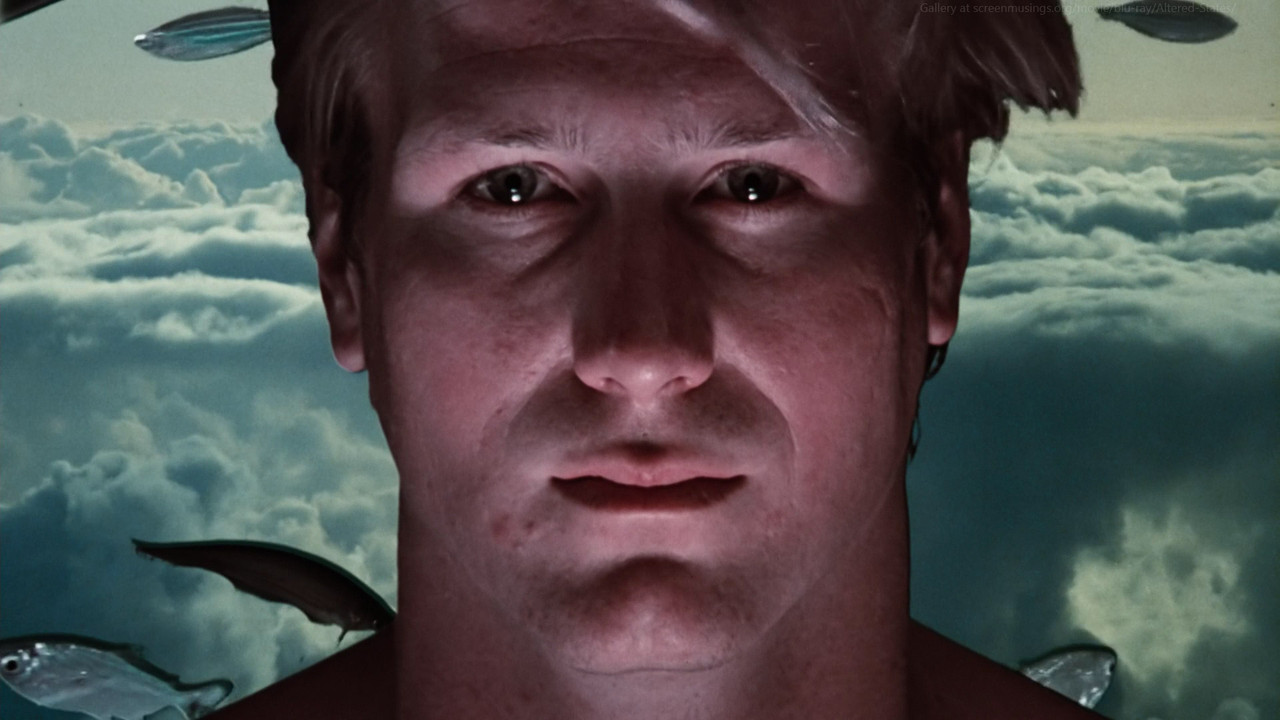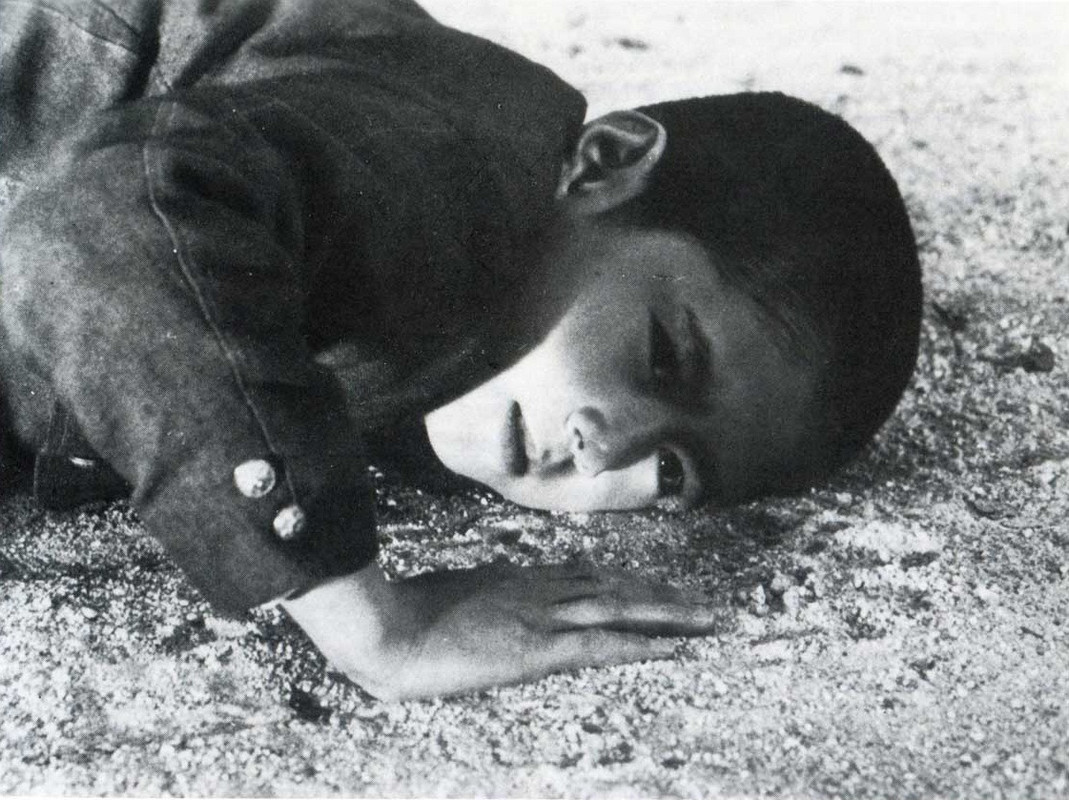“I'm a man in search of his true self. How archetypically American can you get?”Altered States (Ken Russell, 1980)
Jan
7
Wed

Eddie Jessup (William Hurt) in his tank. Around him visions of clouds, fishes, the ocean. DP: Jordan Cronenweth.
– Eddie Jessup
N.P. il segreto [N.P.] (Silvano Agosti, 1971)
Jan
3
1979
.png)
The January 3–4 Herald Tribune reports on The Gunboat Affair. DP: Dimitri Nicolau.
And April 27.
Que la bête meure [The Beast Must Die] (Claude Chabrol, 1969)
Jan
3
.png)
A hand writes 3 janvier in red ink on quad paper. DP: Jean Rabier.
Amore di ussaro (Luis Marquina, 1940)
Jan
1
1900
.jpg)
Margarita (Conchita Montenegro) and her hussar Leonardo de Vargas (Luis Sagi Vela) hold each other on New Year's Eve when the year changes from 1899 to 1900. DP: Carlo Montuori.
X2000 (François Ozon, 1998)
Jan
1
2000

A young, naked man holding a drink observes two men asleep in a sleeping bag on the floor. On the wall behind them the text “2000” spelled out with tinsel garlands. DP: Pierre Stoeber.
儀式 [Gishiki / The Ceremony] (Nagisa Ōshima, 1971)
Jan
1

A boy in school uniform has his ear pressed against the ground. DP: Tōichirō Narushima.
“It was the morning of December 31, 1999 when I returned, at last, to judge the living and the dead. Though still, and perhaps always, I had my doubts.”The Book of Life (Hal Hartley, 1998)
Dec
31
1999

The “New York News” of December 31, 1999. The headline reads LAST DAY OF CENTURY BELIEVERS PRAY FOR END. DP: Jim Denault.
Sprawa Gorgonowej [The Gorgon Case] (Janusz Majewski, 1977)
Dec
30
1931

Ewa Dałkowska as governess Rita Gorgonowa. DP: Zygmunt Samosiuk.
“We're not here to play dominoes.”Canon City (Crane Wilbur, 1948)
Dec
30
1947

A calendar page. It's December 30, 1947. DP: John Alton.
.jpg)